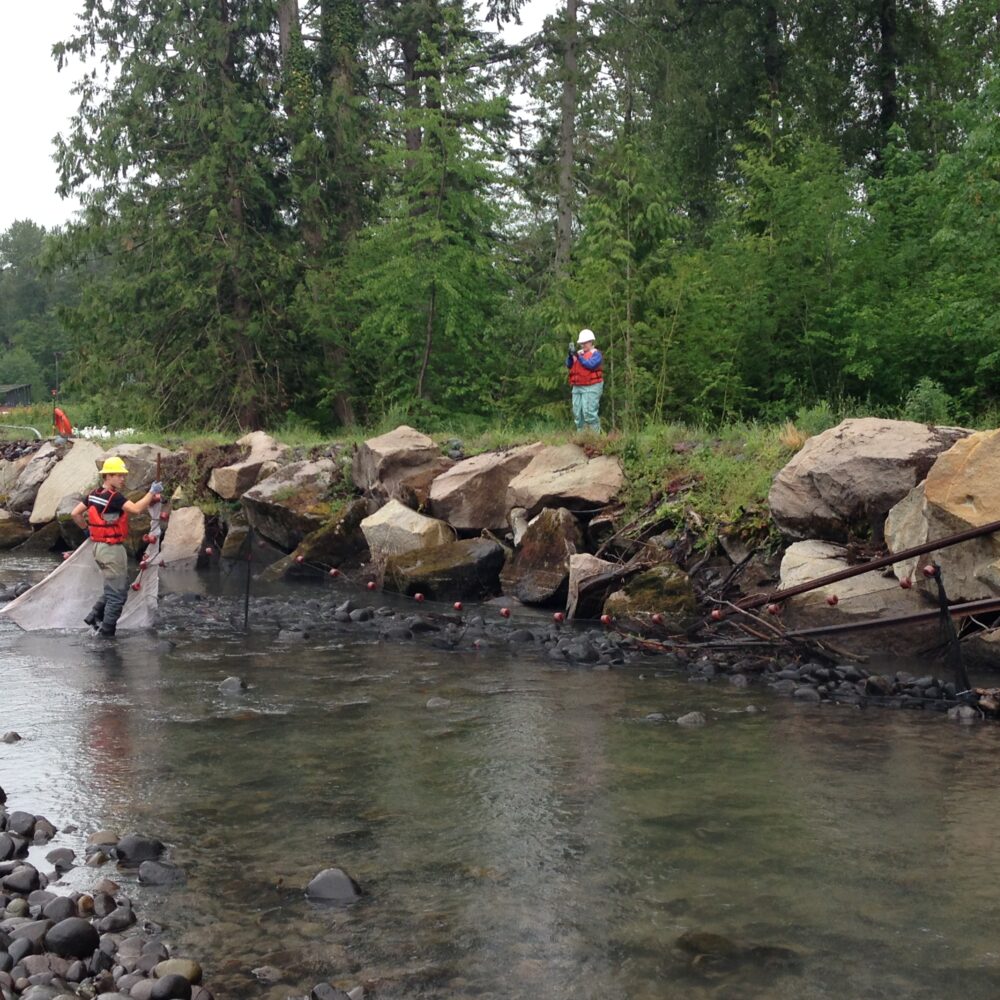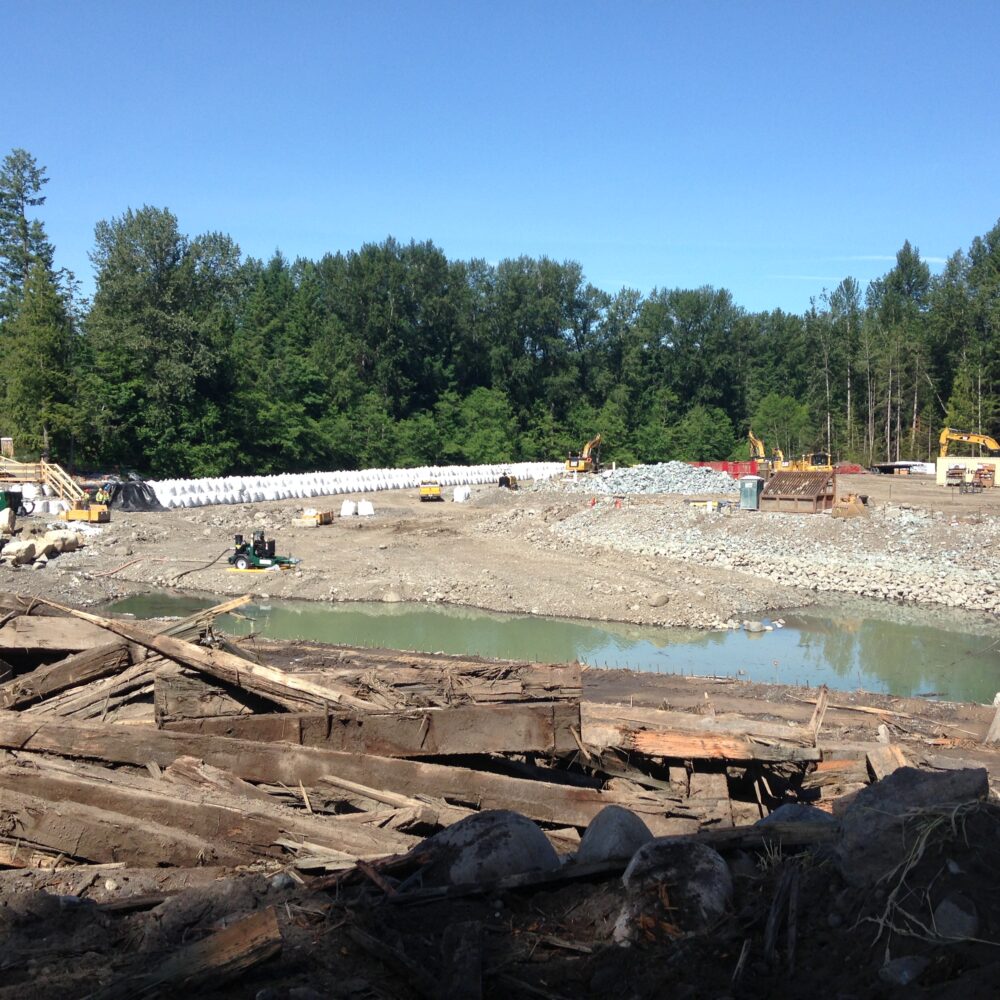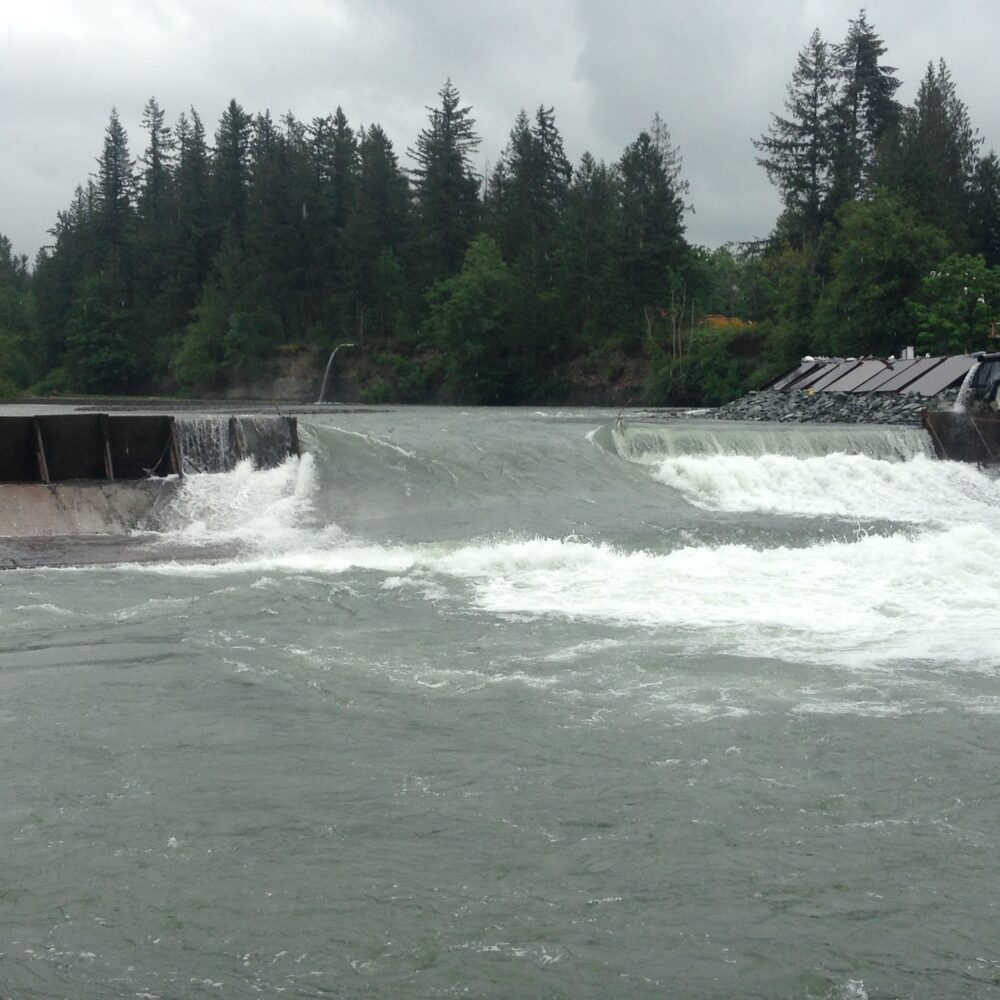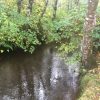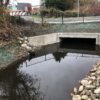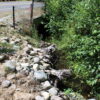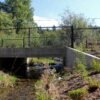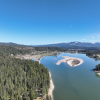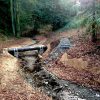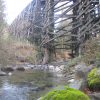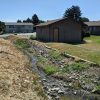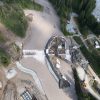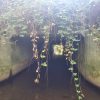Buckley, Washington
Mud Mountain Dam
This project replaced an existing fish trap and haul facility downstream of the Mud Mountain Dam to protect homes and businesses in the lower White River and Puyallup Valleys from flooding, and provide fish passage to current standards while mitigating complex habitat and infrastructure needs. Osborn Consulting (Osborn) was responsible for the Care and Diversion Work Plan and the Temporary Environmental Controls, and the temporary diversion of the river flow and fish passage during construction. The Care and Diversion Plan for the river documents each phase of construction, hydraulic modeling for both scour design and fish passage requirements, environmental compliance, and a fish monitoring plan.
Owner
USACE Seattle District & Cascade Water Alliance
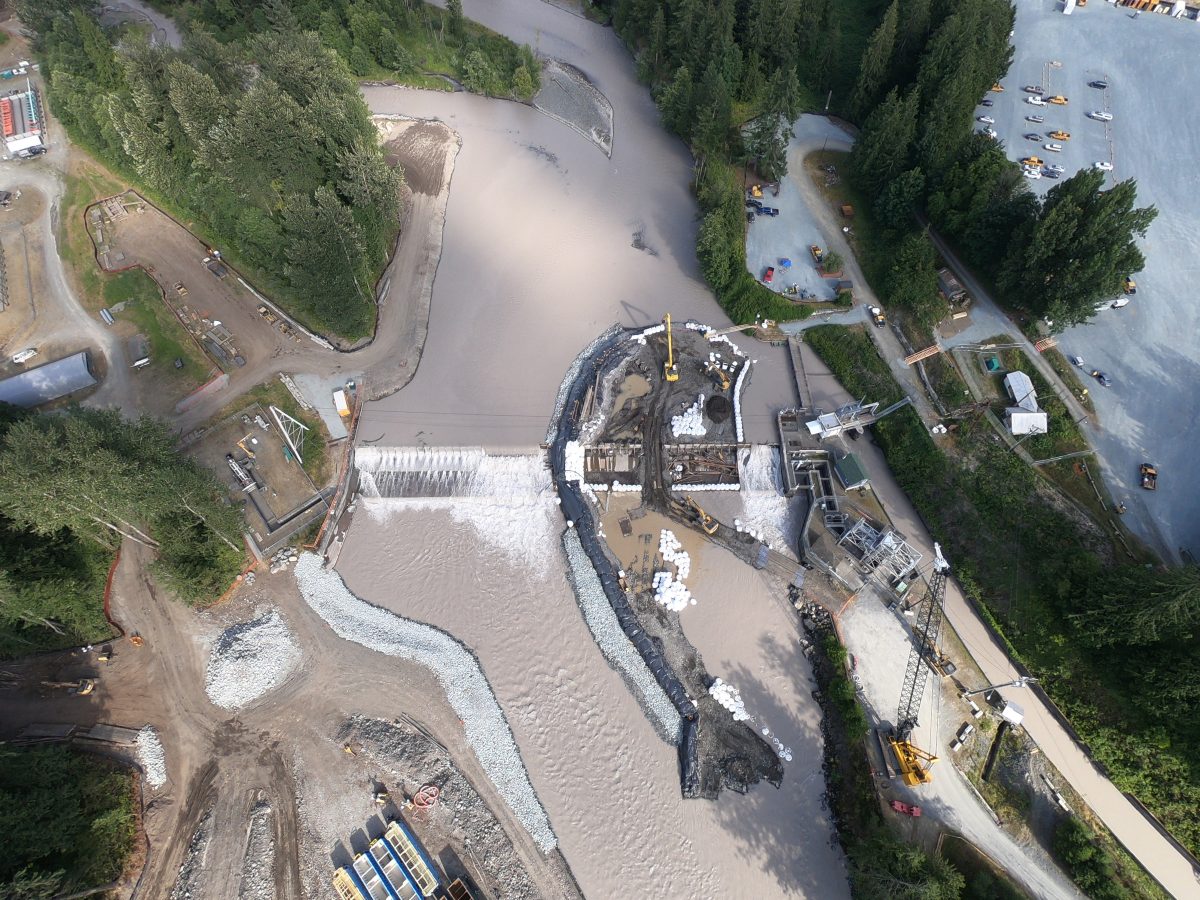
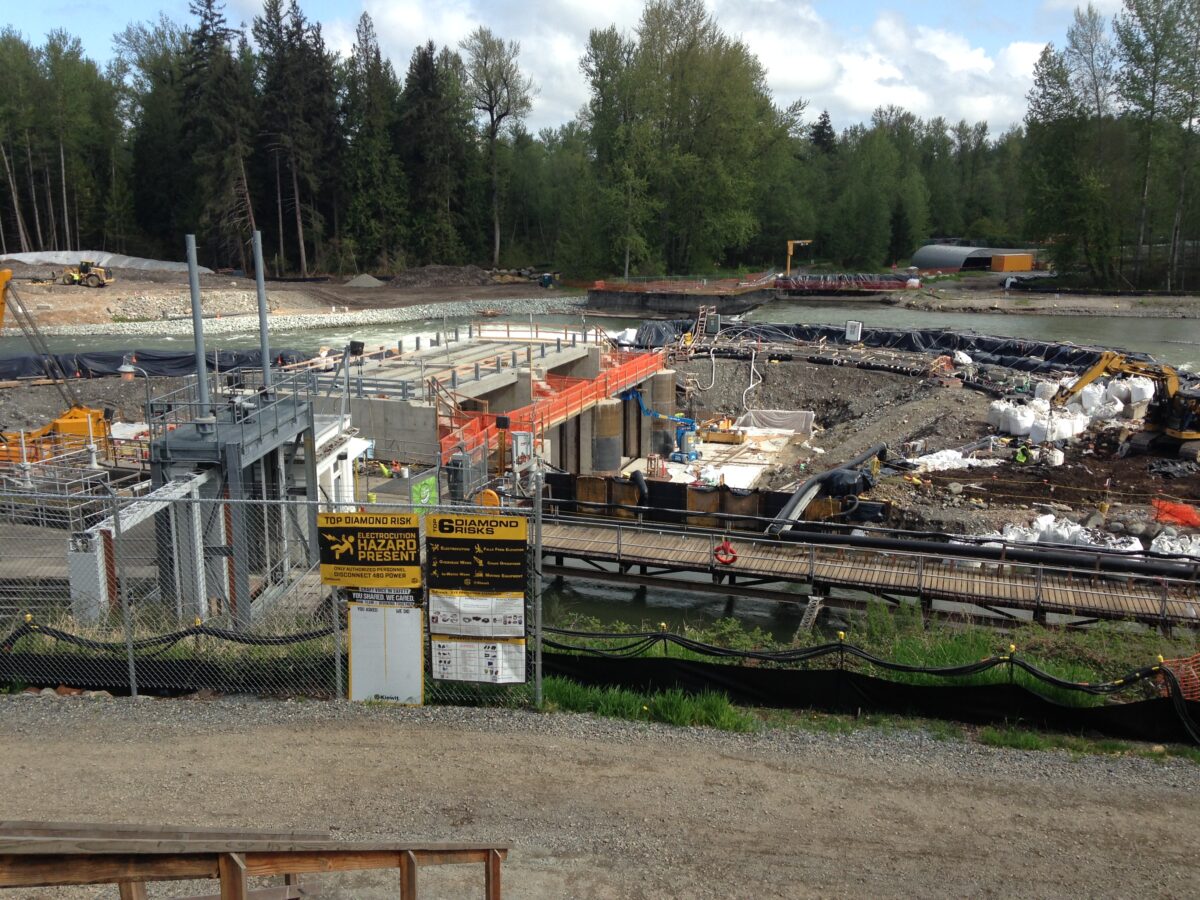
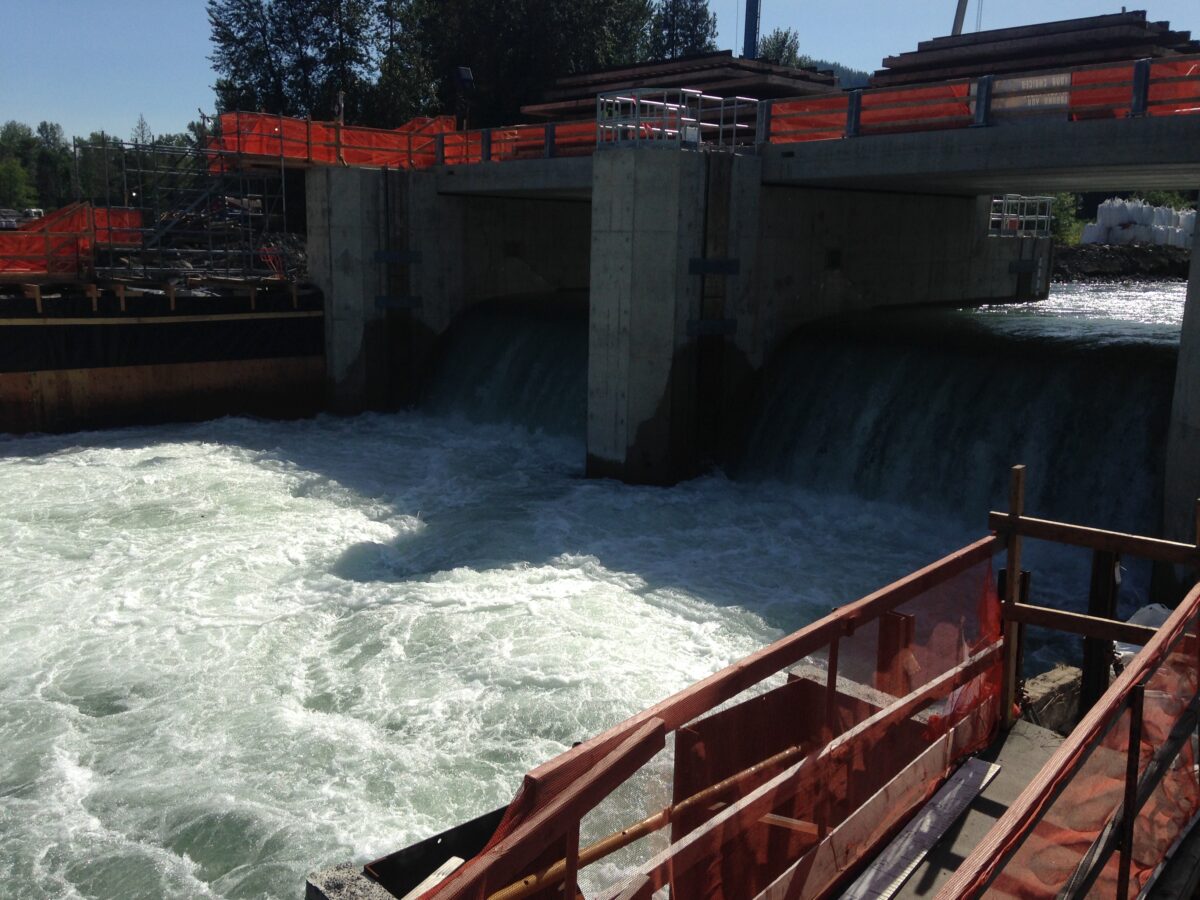
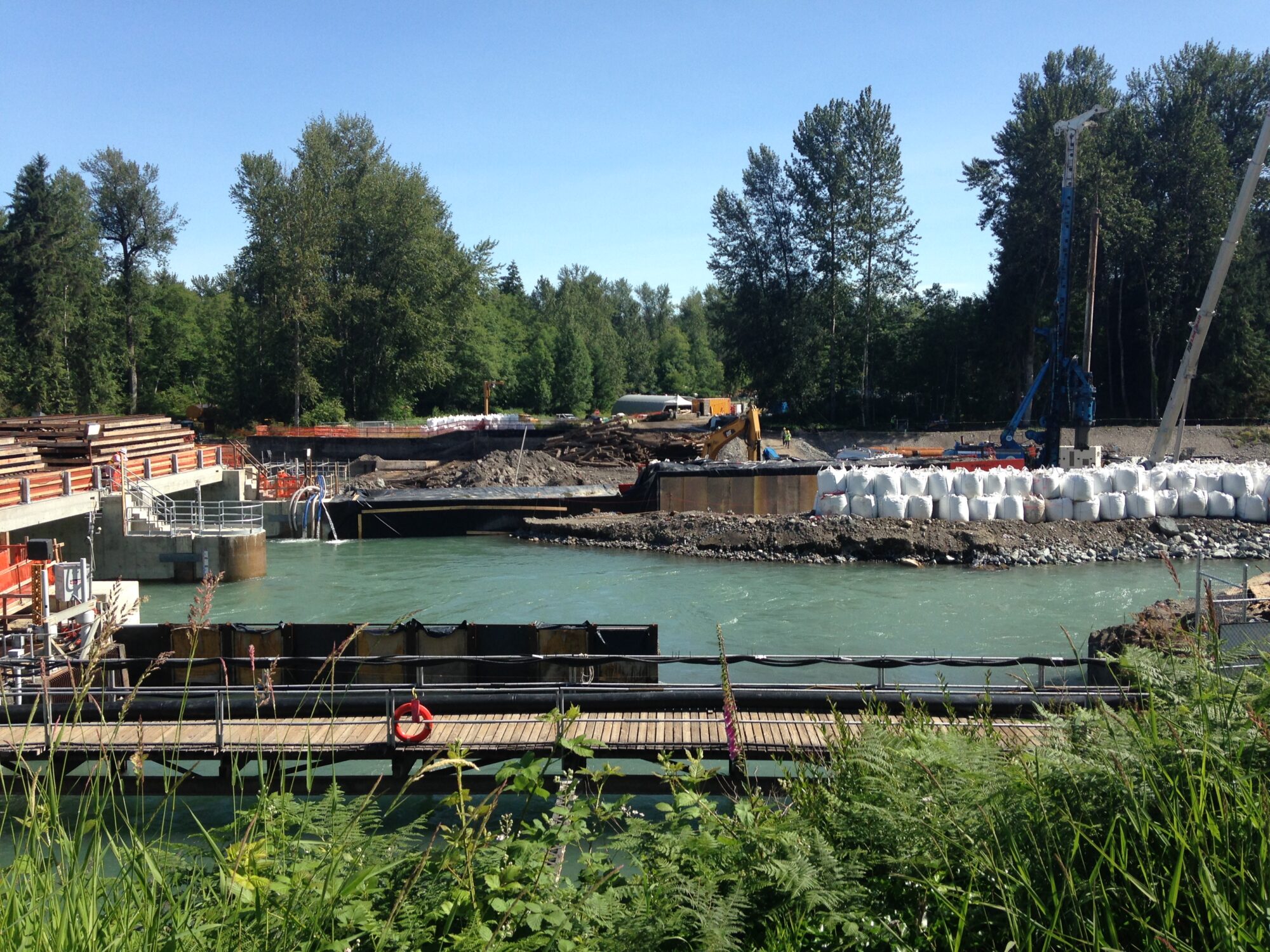
The Care and Diversion Plan was a critical path item that required approval from regulatory agencies prior to starting in-water work construction. We developed an efficient method and phasing plan to isolate the work area and complete the project while still meeting all project specifications. Our plan included using 170 feet of the existing fish barrier while constructing two of the three bays of the permanent barrier, rather than relocating the river in a bypass channel. Utilizing the permanent gates/barrier for the remainder of the construction resulted in a stable and safe working environment. This alternative approach maximized the use of existing structures and the natural river channel to convey flow and still maintain operation of the fish barrier, fish trap and haul facility, and CWA diversion.
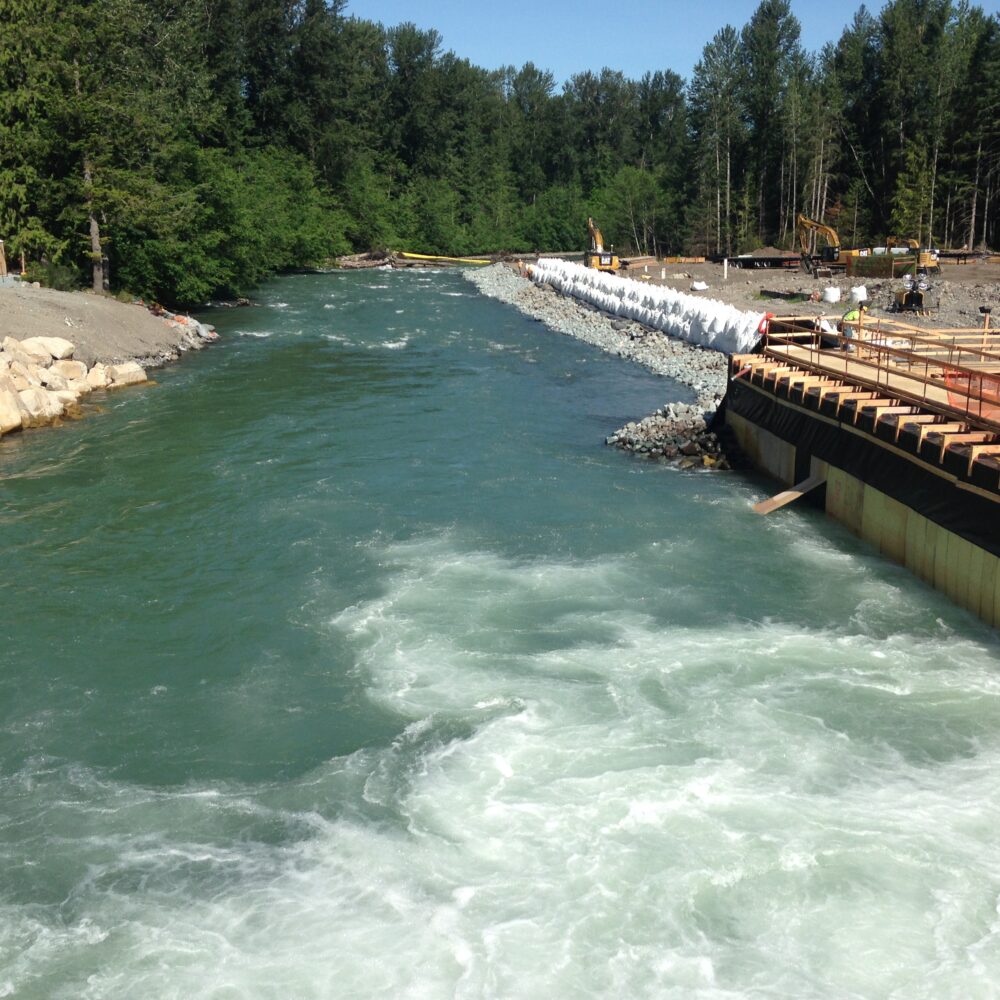
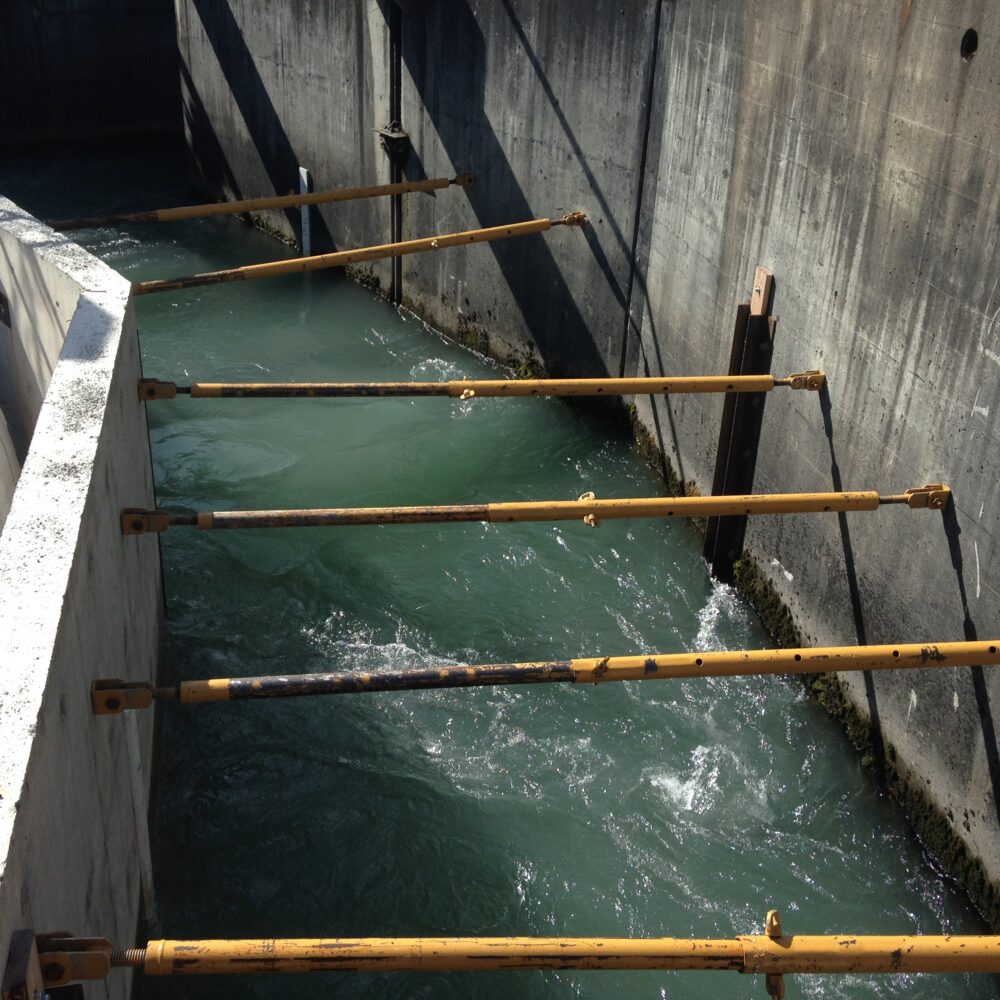
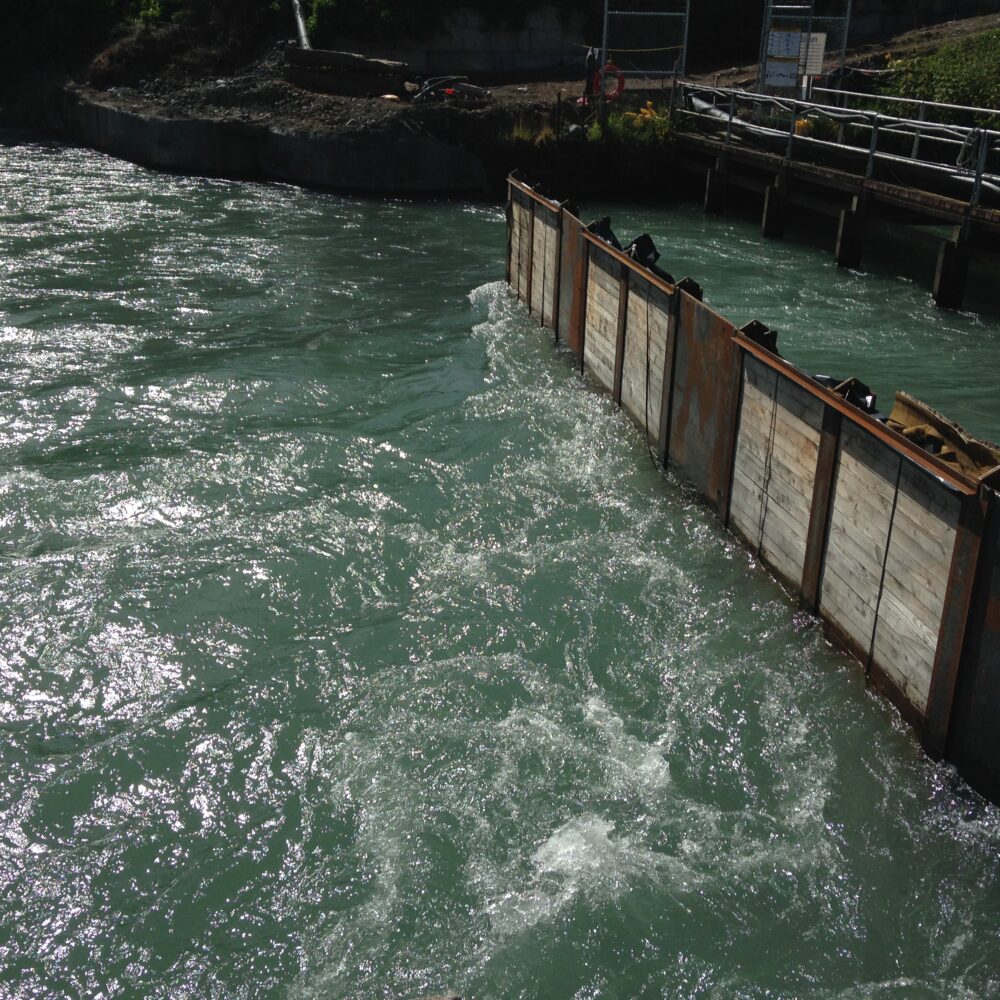
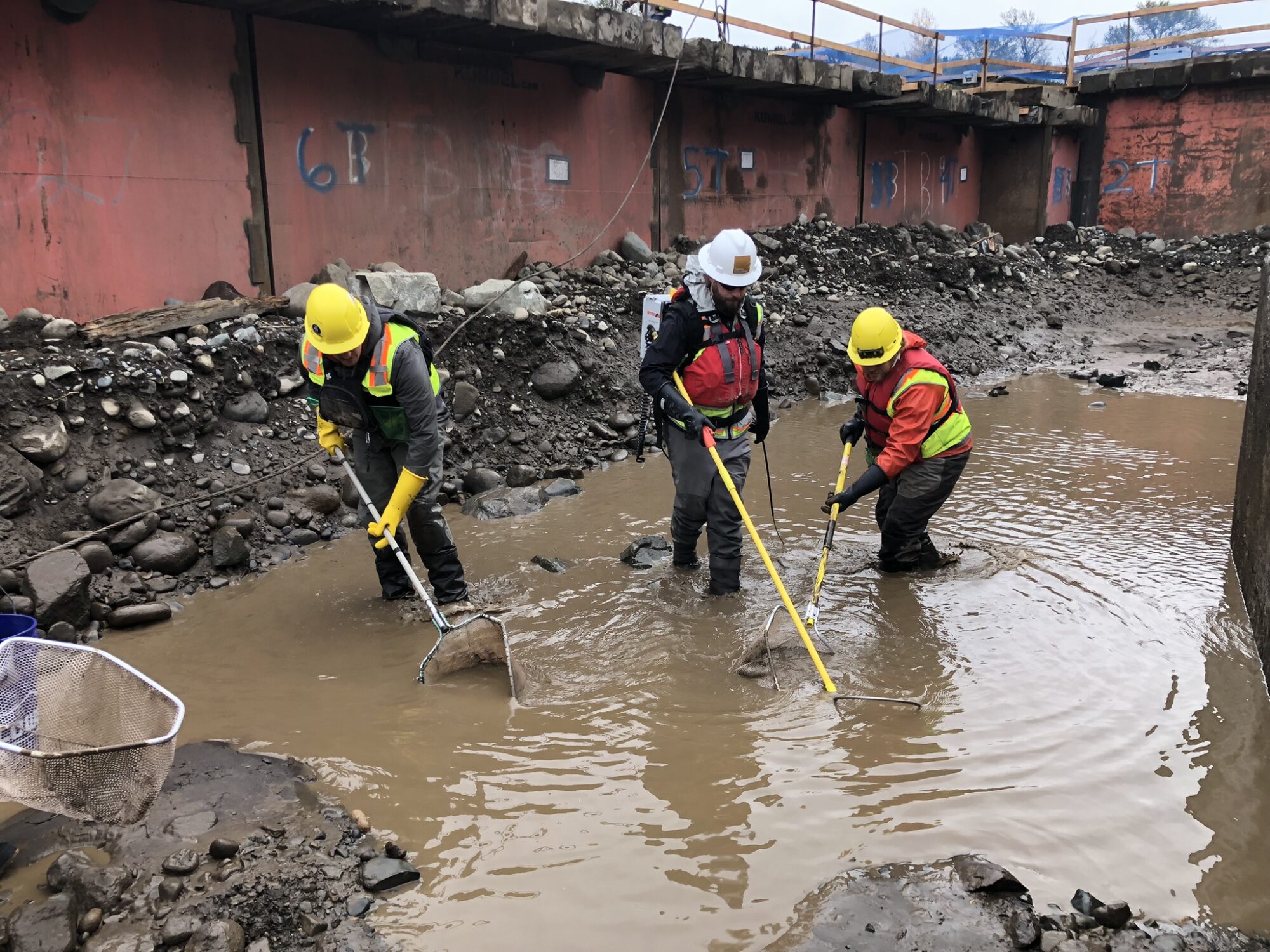

The fish exclusion and removal component to this project involved Osborn designing a fish exclusion plan, providing a Directing Biologist to oversee operations, and executing fish rescue and removal services. Osborn provided input and guidance on a pre-construction fish monitoring and rescue plan and permitting compliance services. An Osborn fisheries biologist served as supervisory biologist during all fish removal operations responsible for ensuring activities were conducted according to the fish rescue plan and was responsible for reporting all catch and mortality data. Osborn staff and directing biologist carried out pre-construction fish removal and relocation services within the Mud Mountain Diversion Dam facility by use of electrofisher and seine net to successfully remove all fish species within the planned construction site area.


